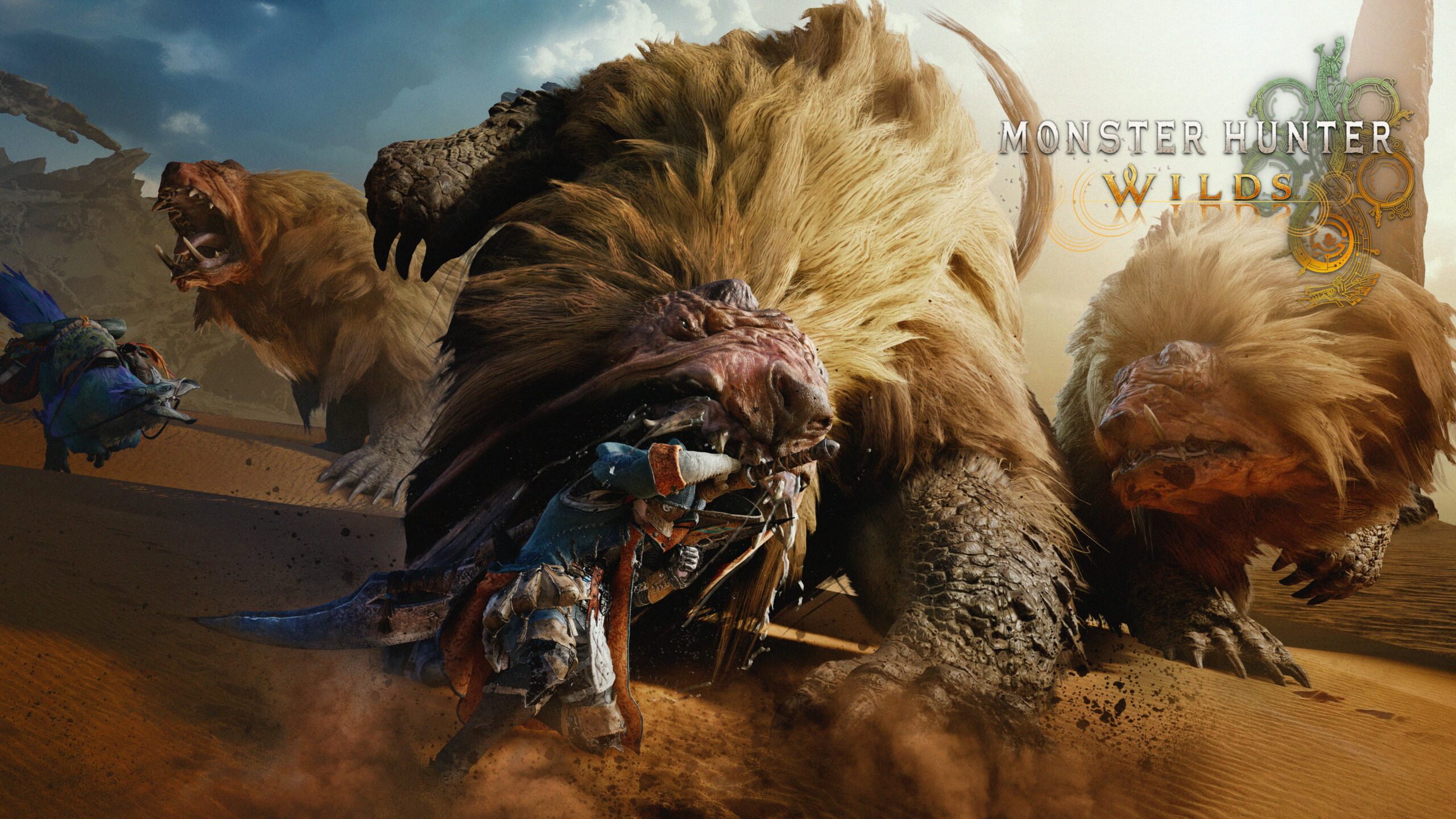“Have you seen the Monster Hunter Wilds demo?”
That was the refrain at Summer Game Fest, as word spread about Capcom’s behind-closed-doors showcase of the next big Monster Hunter title.
The demo, which Capcom has no official plans to release footage of at the time of writing, was such a hit that people sneaked back in to see it again.
It opened at the Hunter’s Basecamp in the Windward Plains. Like previous Monster Hunter titles, much of the game’s personality lies in the areas outside of the monster battles themselves.
Palicos prepare meals, count peanuts, and generally walk around the camp. Even as the Monster Hunter franchise expands, this level of lightheartedness remains. We asked series producer Ryozo Tsujimoto and director Yuya Tokuda if that was the key to Monster Hunter itself.
“That’s very important,” Tokuda replied. “No matter what we did with the game design or how epic the game was made, the one thing we never want to hear is that it didn’t feel like Monster Hunter anymore.
“These lighter touches and characterful elements keep the series unique and give it a flavor unlike any other action game in the industry.”
This becomes clear when we stock up on goods from the local merchant – who is known for selling a brand of cheese – and she responds with “cheese and thank you.”
Once we were on our way to hunt a beast, there were no loading screens or any form of pausing. We were immediately on the hunt, pursuing our target.
On the game’s map, players can now see where certain items or monsters will be located depending on the time of day. The game has a full day and night cycle, as well as a dynamic weather system that has a big effect on which monsters will spawn.
Once we finally found the monster, we took our first few photos before stepping back. Combat is similar to worlds, but expanded in almost every way. New weapons, new traps, and new environmental hazards to use against your prey.
After getting some serious shots into our target and tearing apart some of the thick skin, the weather suddenly changed. The clear, sunny day was replaced by a heavy thunderstorm.
“After getting some serious shots into our target and tearing apart some of the thick skin, the weather suddenly changed. The clear, sunny day was replaced by a heavy thunderstorm.”
“One of the most important new concepts is the extremes of the world’s weather. Suddenly everything can change in an instant. Monsters form packs or herds. Some monsters only appear under certain conditions,” Tokuda said.
At this point the rather terrifying beast we were chasing became quite visible as a flying monster crashed to earth. With a clap of thunder, it delivered a devastating attack, destroying the health of our original target. We were told that if we were hit by one attack from the flying thunder beast, we would be finished.
These field wars are one of the keys to Monster Hunter Wilds. While 1v1 field wars existed in previous Monster Hunter worlds, in this game they are much more extensive and form the basis of much of the game’s strategy. While other monsters are dangerous, they are also a great tool for taking out your main target.
Not to mention the monsters that lurked beneath the sand’s surface, creating a large chasm beneath our feet, trapping our target and his herdmates in a pit. Although our target was too strong to be consumed, his friends were, just as we would have been had we not been on guard.
In some previous Monster Hunter titles, the world felt like a random arena where you could fight a specific battle. There was very little emergent gameplay and it was somewhat difficult to have combat that actually looked cool. Monster Hunter Wilds wants to make you the coolest person on earth.
The world feels alive. You don’t rush your way into combat, you just run to what you want to hunt and the mission begins.
“We approach each title on its own terms,” said Tsujimoto. “We have moved with the times of the past with divided maps – now even the base area and the field itself can be traversed seamlessly.”
When the demo ended, we couldn’t help but chuckle at the realization that Capcom had done it again. It’s stupid to bet against it now, but even the best developers have a problem. Monster Hunter Wilds is certainly not that. We asked about the feeling within Capcom as the company enjoys this unprecedented success.
“We have an unwavering desire to create great titles that delight players,” Tsujimoto replied. “We never want to compromise that for what’s happening in the business world. We have never lost sight of that spark.
“I think the Capcom culture is something that users appreciate. Players play our games and think only Capcom could have made this.”
It’s hard to argue. There is probably no developer today that has so many of its franchises at their absolute peak. Resident Evil is firing on all cylinders, Dragon’s Dogma 2 is a contender for Game of the Year, and from what we’ve seen, Monster Hunter Wilds will be no exception.
We left the demo lamenting that it won’t be out for another year, although Capcom is hosting hands-on events alongside Gamescom later this year, forcing us to check flight prices to Germany.
Just before we left, we asked if we could bring the series back to Nintendo, perhaps on more advanced hardware. A hearty laugh filled the room.
Maybe a question for another day.
